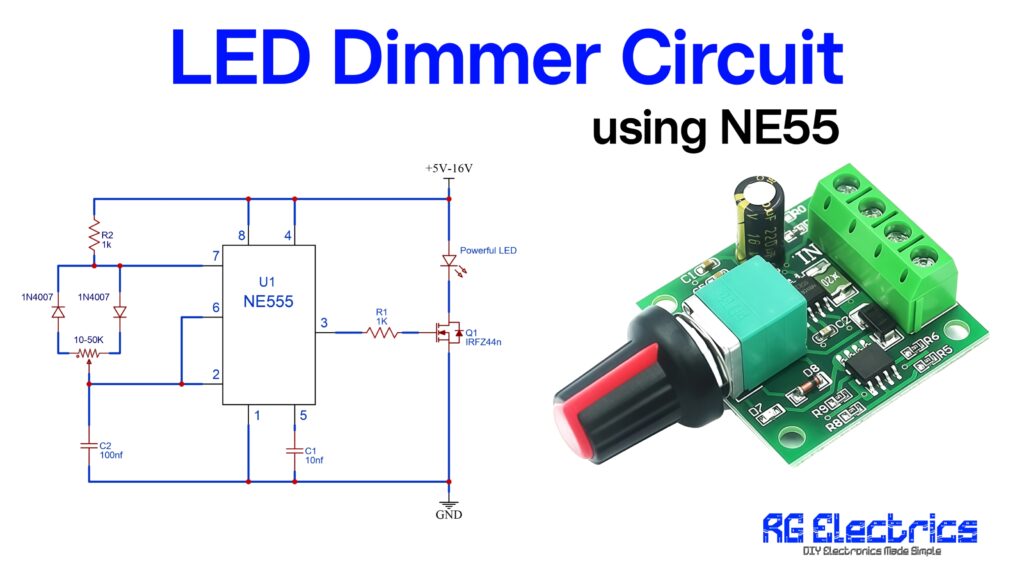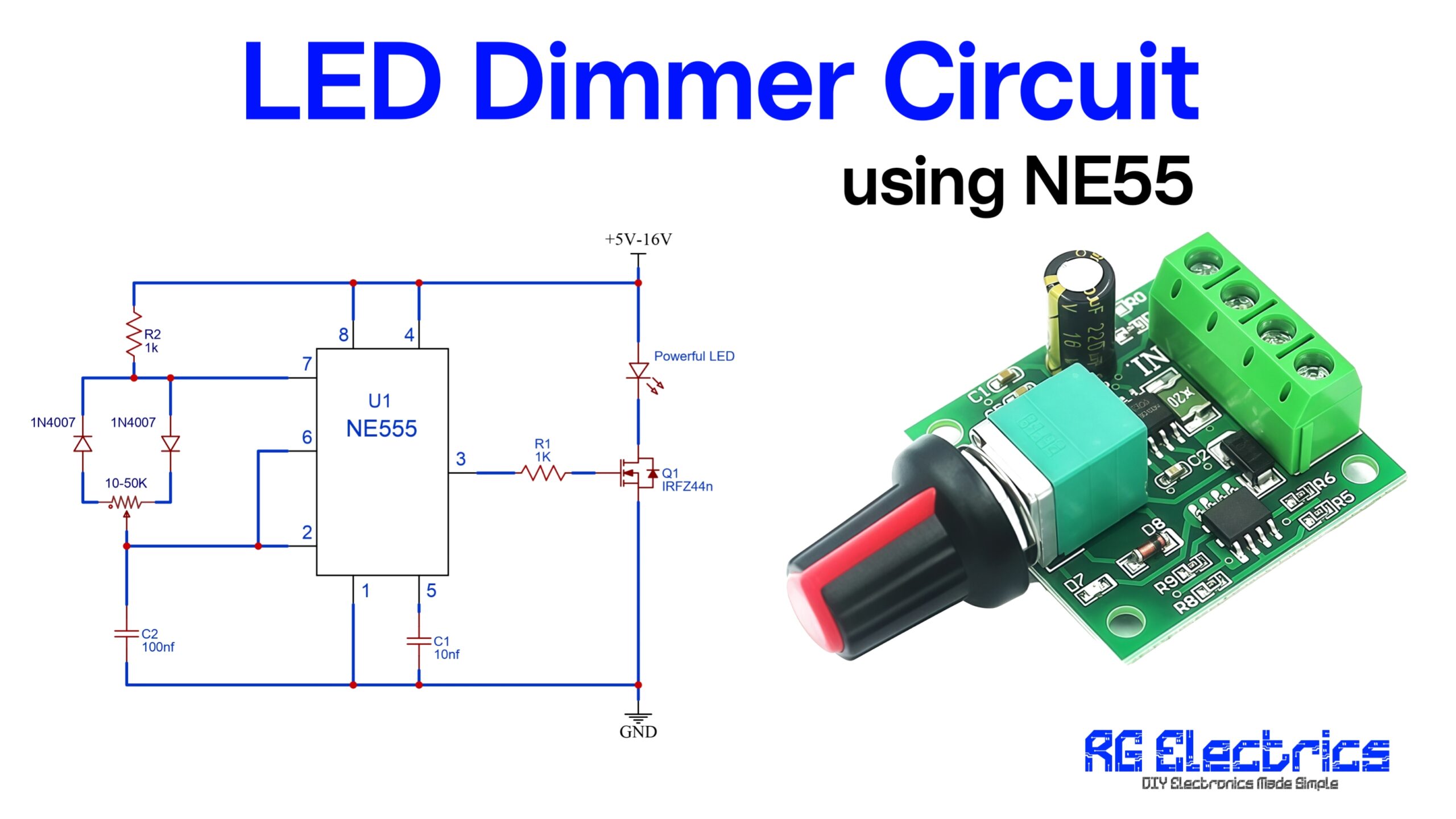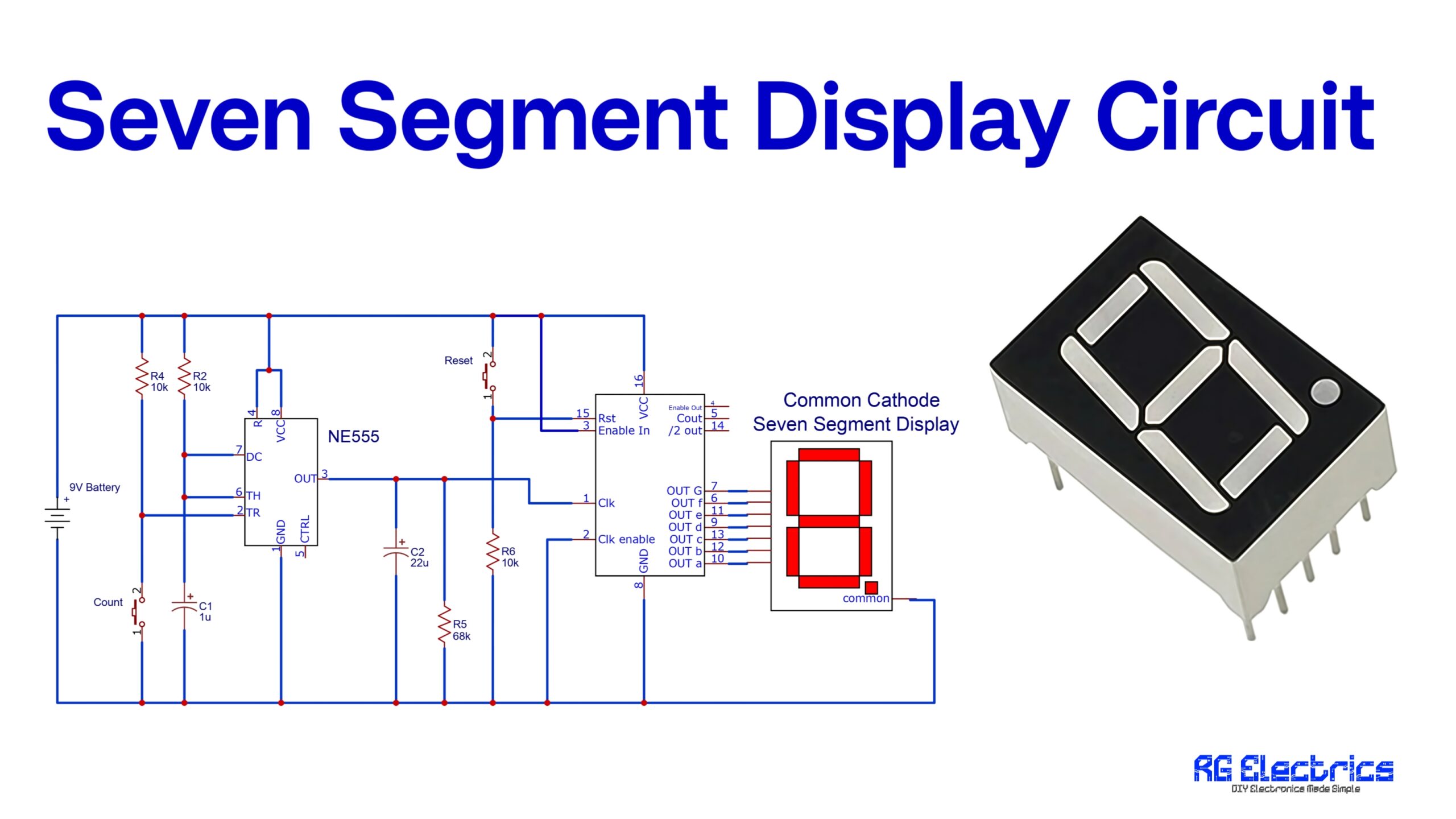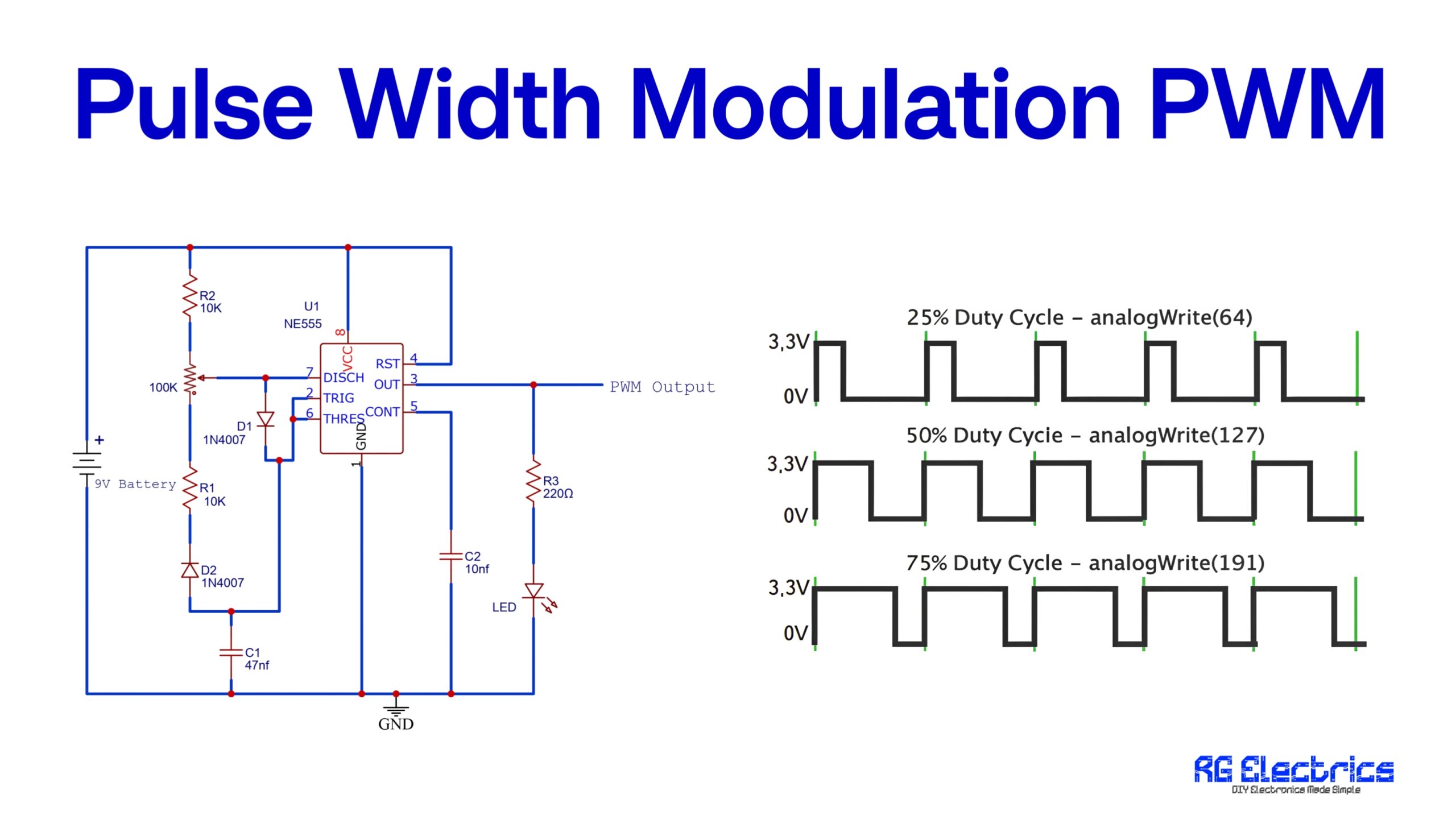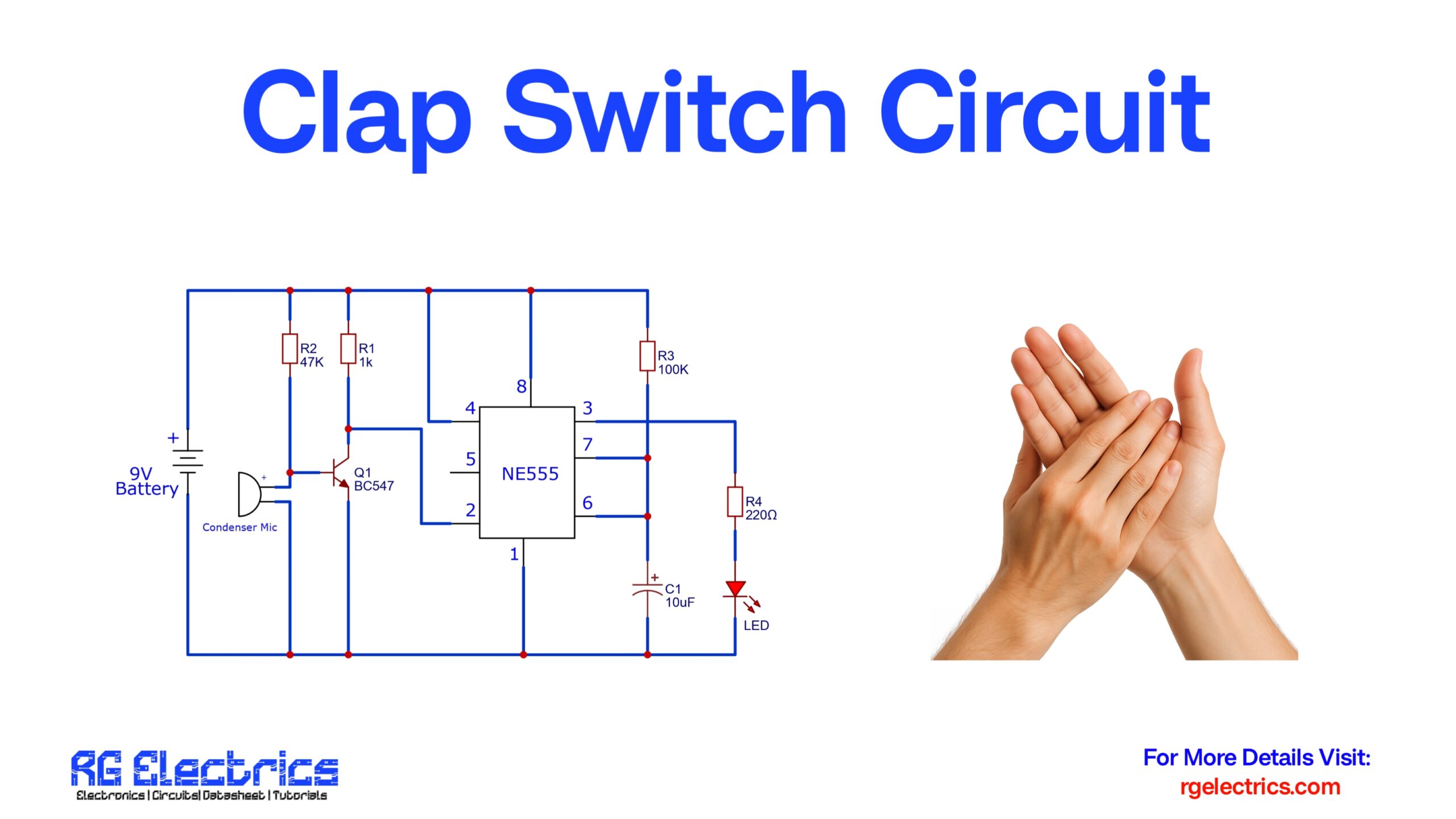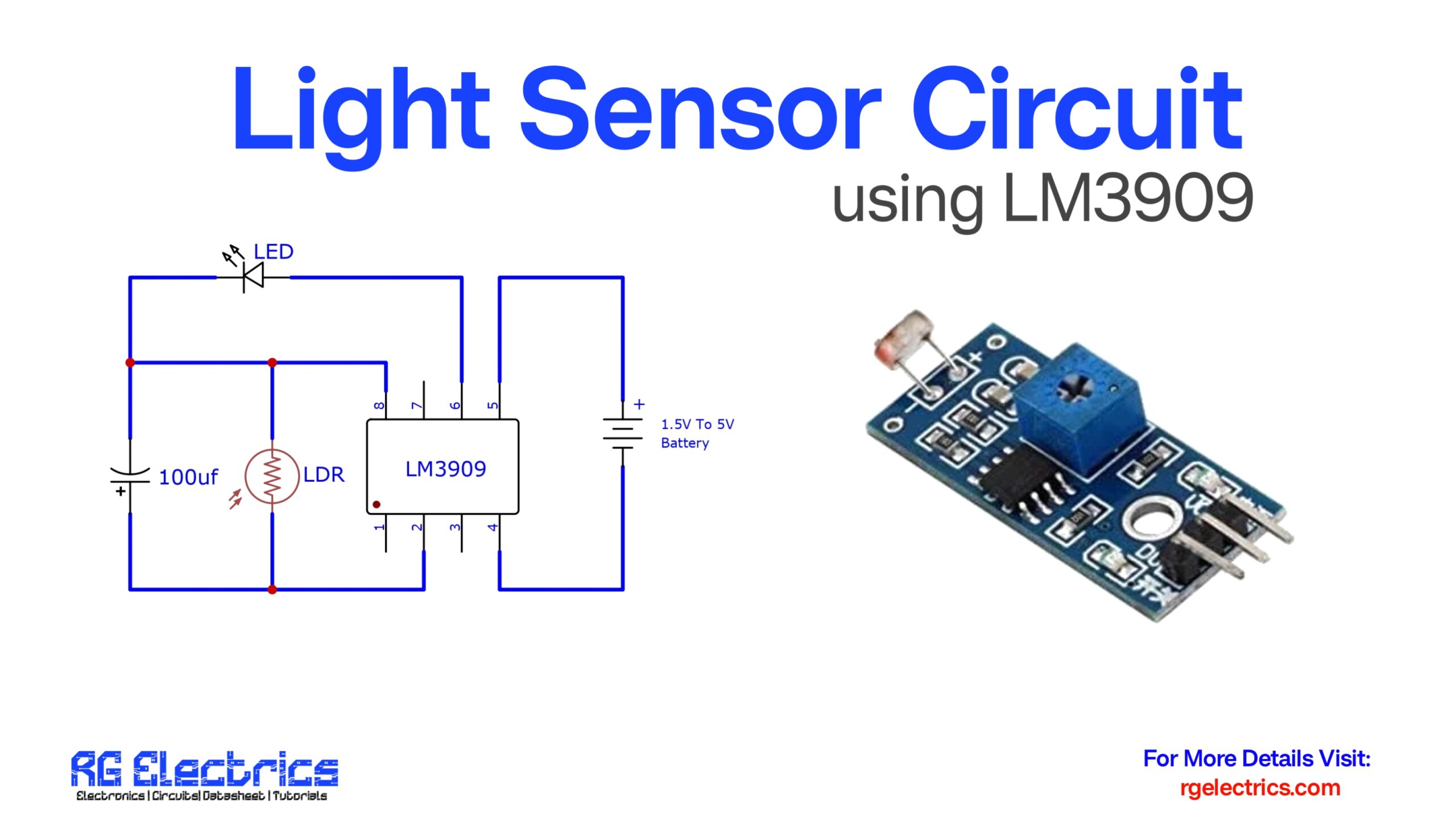Table of Contents
Introduction
The BC547 LED flip-flop circuit is a fundamental electronics project often used to demonstrate the principles of switching, oscillation, and basic transistor operation. This simple but effective circuit forms the basis for understanding how transistors can be used to create an alternating pattern of on-off states, known as a flip-flop. Flip-flop circuits are used in a wide variety of applications, from basic timing circuits to more complex digital systems.
At its core, a flip-flop is a bistable multivibrator, meaning it has two stable states. In the case of the LED flip-flop circuit, the two states are represented by two LEDs, which alternately turn on and off in a repetitive sequence. The BC547 transistor, a common NPN transistor, is used in this circuit to control the flow of current and enable the switching action. The BC547 LED flip-flop circuit is a simple multivibrator circuit that uses two BC547 NPN transistors to switch two LEDs on and off alternately. This basic flip-flop configuration is commonly known as an unstable multivibrator, where both states are unstable, and it constantly flips between them.
Components Details
| S.No | Components | Value | Qty. |
|---|---|---|---|
| 1. | Transistor | BC547 | 2 |
| 2. | Resistor | 220 ohm, 10K | 2, 2 |
| 3. | Capacitor | 100uf | 2 |
| 4. | LED | RED, Blue | 1, 1 |
| 5. | DC Supply | 5V | – |
BC547 Pinout
The BC547 is a small, general-purpose NPN bipolar junction transistor (BJT) commonly used in low-power switching and amplification applications. It operates by allowing a small current at the base to control a larger current flow between the collector and emitter terminals. With a maximum collector current of 100mA and a voltage rating of 45V, it is suitable for basic switching tasks, like driving LEDs or low-power devices, and can also be used in amplification circuits for signals. Its compact size and versatility make it a popular choice in hobbyist and educational projects.

The BC547 is a widely used NPN bipolar junction transistor (BJT) designed for general-purpose low-power amplification and switching applications. Here’s a more detailed explanation:
Structure and Function:
- The BC547 is a three-layer, three-terminal device made of semiconductor material. These terminals are the Collector (C), Base (B), and Emitter (E).
- As an NPN transistor, the BC547 conducts when a small current flows into the base, allowing a larger current to flow from the collector to the emitter.
Key Specifications:
- Maximum Collector-Emitter Voltage (Vceo): 45V – The maximum voltage that can exist between the collector and emitter without damaging the transistor.
- Maximum Collector Current (Ic): 100mA – The maximum current the transistor can handle.
- DC Current Gain (hFE): 110 to 800 – This indicates the transistor’s ability to amplify a signal. A higher hFE means greater amplification.
- Power Dissipation: 500mW – The maximum amount of power the transistor can dissipate safely.
- Cutoff Frequency: 300MHz – The frequency at which the transistor stops amplifying effectively, making it suitable for low-frequency applications.
Working Principle:
- Amplification: When a small current flows into the base (typically controlled by an input signal), the transistor allows a larger current to flow from the collector to the emitter, thus amplifying the signal.
- Switching: The BC547 can act as an electronic switch. If there is no base current, the transistor is in the “OFF” state, preventing current from flowing between the collector and emitter. When sufficient base current is applied, it switches to the “ON” state, allowing current to flow through.
Applications:
- Switching: Used in circuits to control small loads like LEDs, relays, or small motors.
- Amplification: Suitable for audio and low-frequency signal amplification.
- Oscillators and Multivibrators: Used in circuits like flip-flops and timing mechanisms.
- Signal Processing: Amplifies weak signals in communication devices, audio systems, or sensor circuits.
Common Uses:
- Hobby Projects: Due to its low cost and availability, the BC547 is a favorite in DIY electronics, especially for controlling LEDs or small devices.
- Analog Circuits: It’s widely used in preamplifiers, audio amplifiers, and low-frequency applications.
In summary, the BC547 is a versatile, low-power NPN transistor ideal for switching and amplification, making it highly popular in both educational and practical electronics applications.
Circuit Diagram


Working Explaination
The BC547 LED flip-flop circuit works by alternately switching two transistors on and off, causing two LEDs to blink in a repeating sequence. Here’s a step-by-step explanation of how the circuit operates:
- Initial Power-On: When power is first applied, one transistor (either Q1 or Q2) turns on slightly faster than the other due to minor differences in component values.
- First Transistor Turns ON: Suppose Q1 turns on first. When Q1 is ON, current flows from the collector to the emitter of Q1, lighting up LED1. The capacitor connected between Q1’s collector and Q2’s base starts charging.
- Capacitor Charging: The capacitor connected to Q1 (C1) gradually charges through the resistor connected between Q2’s collector and Q1’s base. Once the capacitor is sufficiently charged, it applies a voltage to Q2’s base, turning Q2 ON.
- Q2 Turns ON, Q1 Turns OFF: When Q2 turns on, it causes Q1 to turn off. Now, current flows through Q2, lighting up LED2 and turning off LED1. Similarly, the capacitor connected to Q2 (C2) begins charging.
- Alternating Behavior: This process repeats continuously. As each capacitor charges and discharges, it alternates the state of the transistors. One LED turns on while the other turns off, and they keep switching back and forth in a flip-flop pattern.
- Oscillation: The switching is controlled by the charge and discharge of the capacitors, creating a blinking effect with the two LEDs turning on and off alternately.
This continuous oscillation is what makes the circuit an astable multivibrator. The frequency of blinking depends on the values of the capacitors and resistors used in the circuit.
Application:
The BC547 LED flip-flop circuit has several practical uses, particularly in simple electronics projects and educational setups. Here are some common applications:
- LED Blinkers: The circuit can be used to create alternating blinking LED lights, which can serve as visual indicators or decorations, such as in toys, decorations, or indicator systems.
- Timing Circuits: The flip-flop circuit’s alternating behavior can be used in basic timing circuits, where the delay between the switching of the LEDs represents a timing interval. It helps in understanding the principles of timing and oscillation.
- Oscillators: It can function as a basic oscillator to generate square wave pulses. These pulses can be used in clock signals or other basic oscillation applications.
- Basic Learning Tool: For beginners in electronics, this circuit demonstrates how transistors, capacitors, and resistors work together to create a flip-flop behavior, making it an excellent educational project.
- Flashing Indicators: The circuit can be used in devices that require flashing lights for attention or alert, like in alarms or notification systems.
- Sequential Control: The flip-flop action can be extended to control other components or systems in a sequence, making it useful in controlling events in simple sequential logic circuits.







